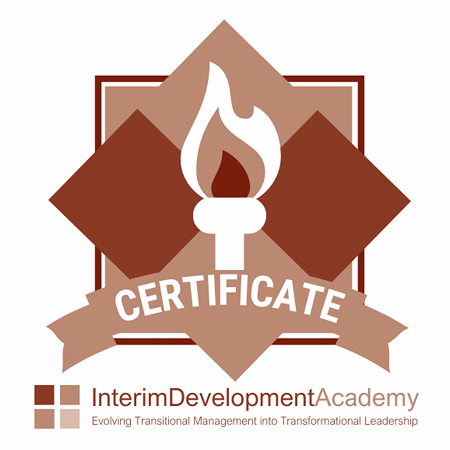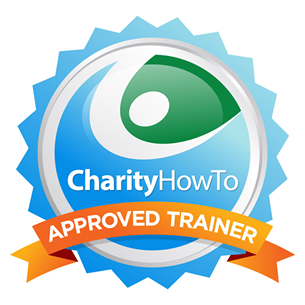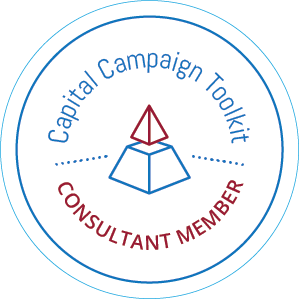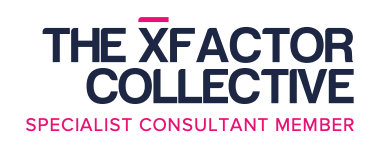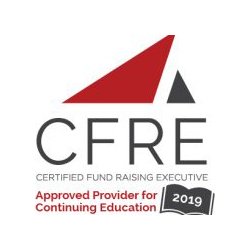Giving Tuesday, the Global Day of Philanthropy is on Tuesday, November 28. The Bill and Melinda Gates Foundation is partnering with Facebook again this year to provide a match up to $2 million to donors who give during that day.
Here are the specifics of this match:
Donations made to participating nonprofit organizations through Facebook’s charitable giving tools beginning at 8:00 am EST on November 28 will be matched — up to $50,000 per nonprofit, or $1,000 per fundraiser or donate button — until the matching funds run out. Facebook and the Gates Foundation are contributing $1 million each for the campaign, and all matched funds will be paid out to nonprofits through Network for Good’s donor-advised fund.
 So, what can your organization do to prepare?
So, what can your organization do to prepare?
Here are some simple steps that I have been recommending to nonprofits to take advantage of this match:
1 – Determine what your Giving Tuesday monetary and non-monetary goals are. How much do you want to raise? How many new donors do you want to attract?
2 – Ensure that you have activated your Facebook “Donate” button first and foremost. Ensure that you are using Facebook’s full scope of charitable giving tools. Otherwise, you will not be eligible for the match. You also want to ensure that your pages are branded so that folks can recognize the Giving Tuesday campaign.
3 – Ensure that your website and online donation portal are up-to-speed and ready to go. Make sure that you rigorously test them. Your website and donation portal should be easy for a donor to use and navigate. Donating should not be difficult.
4 – If you have work to do on your donor lists, now is the time. Make sure that they all get uploaded into your Donor Management System, particularly your email addresses.
5 – Draft your social media and email messaging now. You will want to announce this match opportunity in advance as well as send out reminders the day before, the day of, and an acknowledgement the day after. Use key days such as “Black Friday” as messaging points. Be sure to use photos, videos, and testimonials. Consider integrating into your current calendar year-end campaign.
6 – Be sure to recruit ambassadors as social media messengers for your cause during this campaign. You may want to enlist your Board, staff, and volunteers to help spread the word about your GIving Tuesday by sharing your social media messages with their family and friends. If you are using Peer-to-Peer Fundraising, then get your folks set-up and engaged in advance of the actual day.
7 – Develop a plan to steward these Giving Tuesday donors once Giving Tuesday is complete, and you begin marching into December.
These are some simple steps that you can take to begin to plan for your Giving Tuesday campaign.
Now, I want to hear from you. What steps is organization taking to prepare for this day of giving?
Post your thoughts in the comments below.

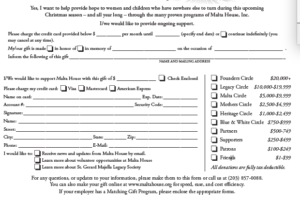 2 – Ensure that even your reply device includes your mission statement and perhaps even a donor impact statement. One reply device that I created for my client states “She had nowhere else to turn…but, you gave her hope and a home.”
2 – Ensure that even your reply device includes your mission statement and perhaps even a donor impact statement. One reply device that I created for my client states “She had nowhere else to turn…but, you gave her hope and a home.”




 host of other reasons that are not necessarily about a measure of donor commitment or loyalty.
host of other reasons that are not necessarily about a measure of donor commitment or loyalty.


